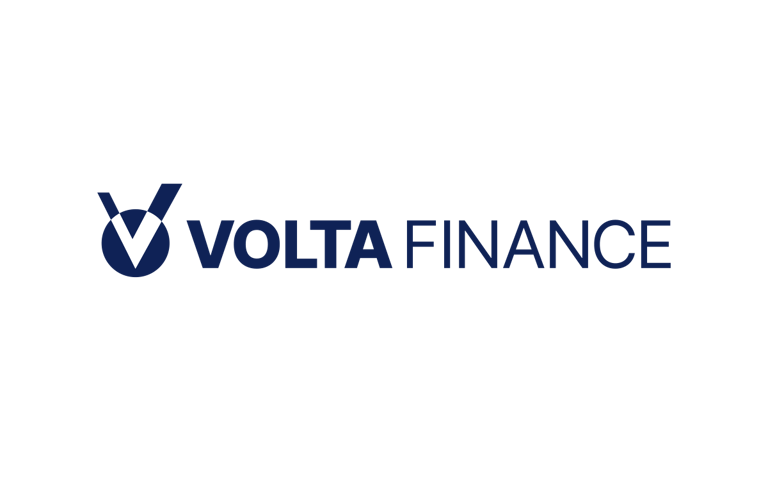In this note, we highlight three things that Volta Finance Ltd (LON:VTA) has brought to both UK and European investors since it listed on the UK stock market on 28 May 2015: i) it has given investors relatively high total returns; ii) it provides a higher ongoing income (and we briefly summarise recent reports on cash generation and strong dividend cover); and iii) Volta is uncorrelated to benchmark bonds, an alternative asset class that investors may have considered for income. While Volta’s CLO investments may not be to every investor’s taste, and there are risks (Volta marks to market, which is not adopted by all peers), these three traits are noteworthy.
- Returns: Since 20 May 2015, Volta has generated total shareholder returns (TSRs) of 58%, against European and UK stock markets’ TSRs of ca.40%. Returns from 10-year government bond holdings over the period have been between 10% and 24%, varying by country. Volta’s returns have been above those of major asset classes.
- Income/correlations: Volta is bought primarily for income. It not only offers a superior income to benchmark bonds, but the gap has been increasing significantly. Importantly, there is no correlation in the total return between Volta and this asset class, giving investor portfolios a diversification to their returns.
- Valuation: Volta Finance trades at a double discount: its share price is at a 14% discount to NAV, and we believe its mark-to-market NAV still includes a further sentiment-driven discount (5%-10%) to the present value of expected cashflows. Volta targets an 8% of NAV dividend (9.7% 2022E dividend yield on current share price).
- Risks: Credit risk is a key sensitivity. We examined the valuation of assets, highlighting the multiple controls to ensure its validity, in our initiation note, in September 2018. The NAV is exposed to sentiment towards its own and underlying markets. Volta’s long $ position is only partially hedged.
- Investment summary: Volta Finance is an investment for sophisticated investors, as there could be sentiment-driven share price volatility. Long-term returns have been good: ca.9% p.a. (dividend reinvested basis) since initiation. With above-average returns on recent reinvestments, the portfolio’s past six-month cashflow (annualised) yield is 15.5%. We expect near 2x 2022 dividend cover.







































